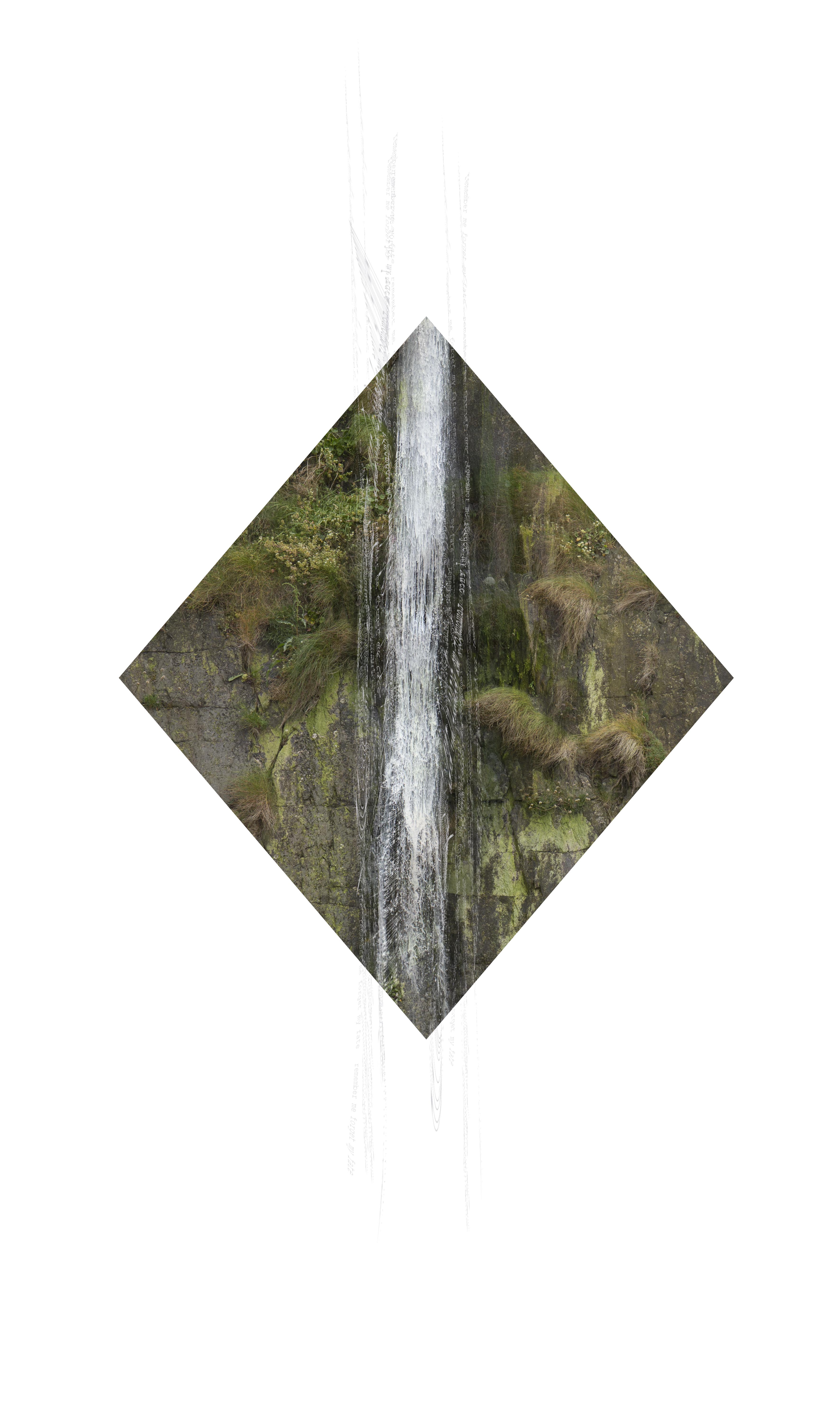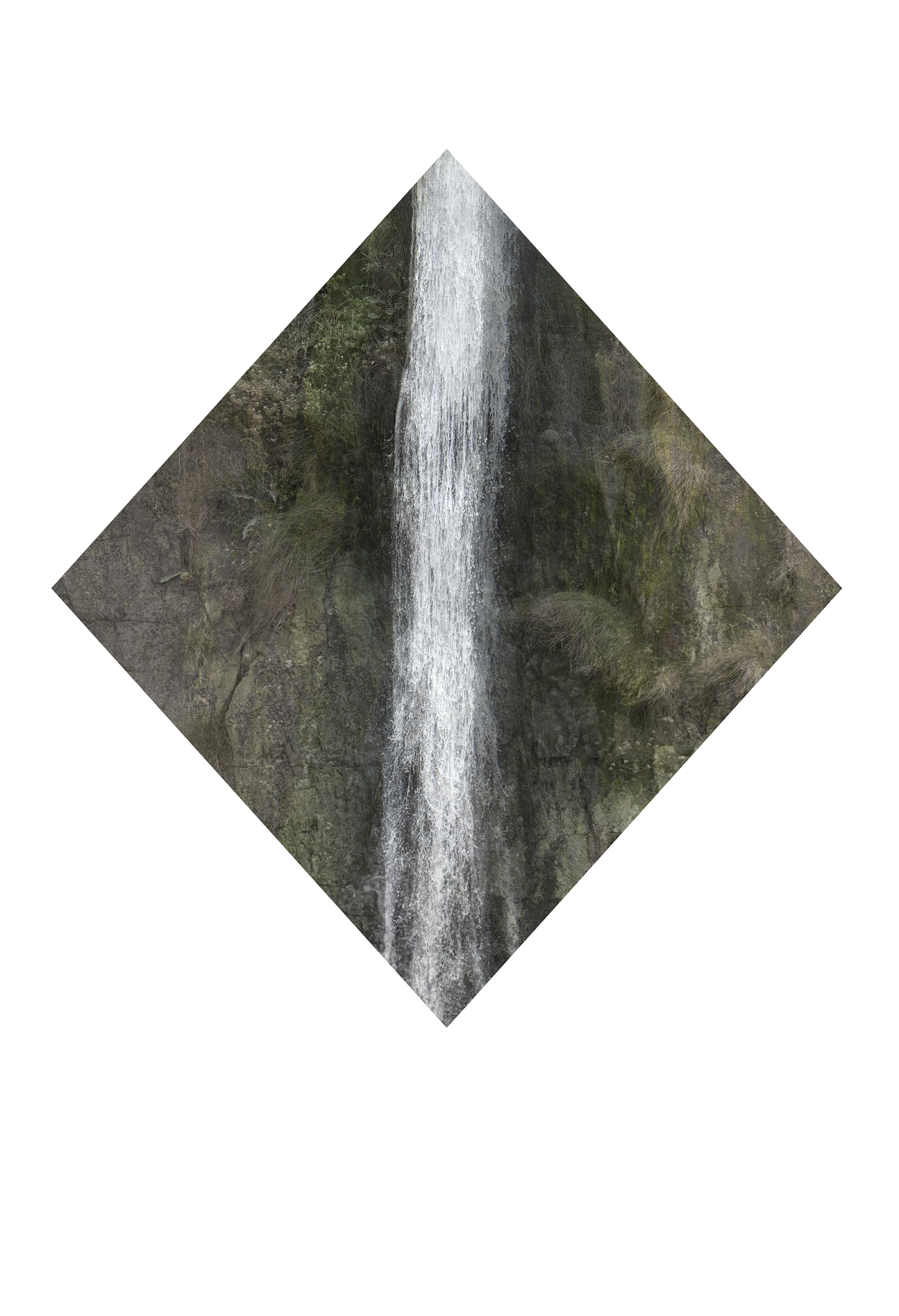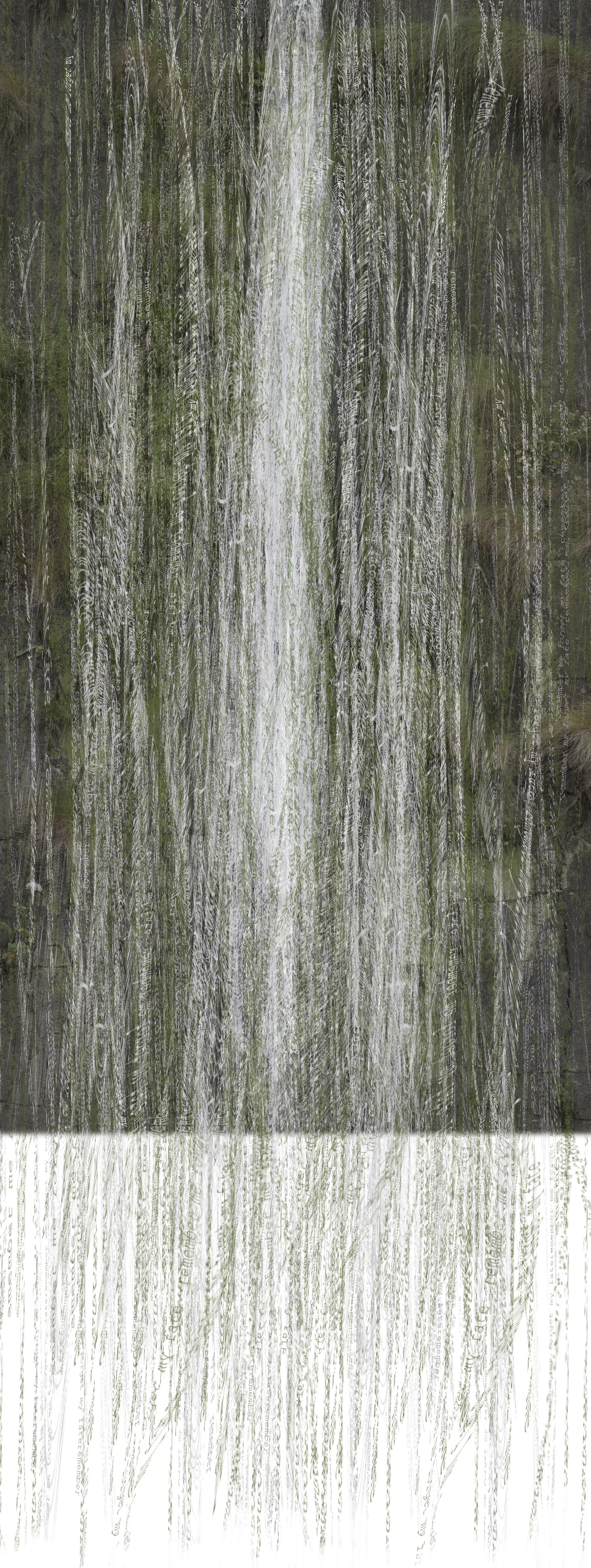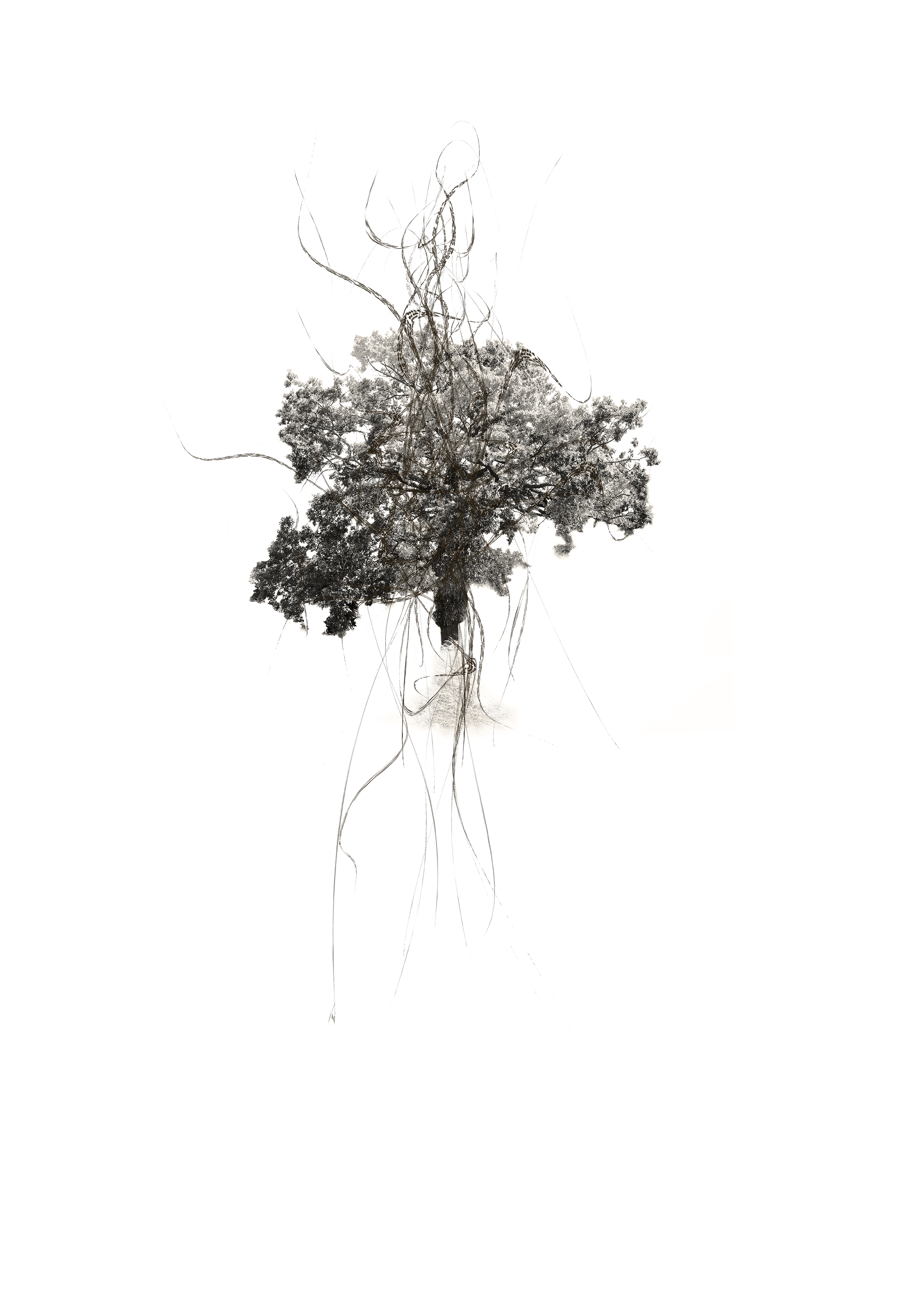Mercator: Distortions and Projections in Discovery
Clip from video installation, Poetic Magnetic
size – floor glass 1.5metres x 1.5metres.
Mercator: Distortions and Projections in Discovery
15-17 October 2019
Triangle Space Gallery, Chelsea College of Art, SW1P 4JU
This show was a collaboration with performance and discussion by 2018/2019 first-year Camberwell, Chelsea and Wimbledon PhD students meditating on the legacy and metaphor of the Mercator projection world map. The show considers how this familiar yet distorted image of the world has come to contextualise spatial awareness, perception and objectivity, as well as intellectual and tangible exploration.
My contribution:
POETIC MAGNETIC (above)
Video installation
‘I contemplate the blue of the sky..I abandon myself to it and
plunge into this mystery, it thinks itself within me.’
– Maurice Merleau-Ponty, philosopher (1908-1961)
‘We might as well say that we are organs of this world….. and
that the world is perceiving itself through us.’
– John Abram, philosopher (b. 1957)
My practice-based PhD researches human responses to
nature through visual art in the Anthropocene. The research looks into
potential mutual spaces between human and beyond human nature and how this can be characterised and entered into with art practice.
Having speculated a space of overlap or mutuality between human and beyond human nature, I use a methodology of encounter to enter into its vibrational field at two sites (including the waterfall shown here) in order to interrogate, participate in and gesture this poetic momentum.
The attunement between self and environment that can be felt in nature may be what engenders the poetic gesture. The poetic agency then being shared in common between human and beyond human, mutually involved and interacting.
UTTERANCE ACROSS FORM (below)
Inkjet print on paper 483mm x 330mm, numbers i – v,
‘I found the poems in the fields and only wrote them down’.
– John Clare, poet (1793-1864)
This work speculates poetic articulations of human nature and of more-than-human nature as utterances, overlapping them in mutual entanglement and interplay. How this can be characterised and entered into through art practice can be addressed through Heidegger’s proposition for the space of poetics, where poetry is a place where culture and nature can meet. Humans can tap into the poetry that is already present in nature. Hence, the human is not seen as the sole creator of poetry (visual or otherwise) nor separate from the ’nature’ that inspires it, but on a continuum with it.




